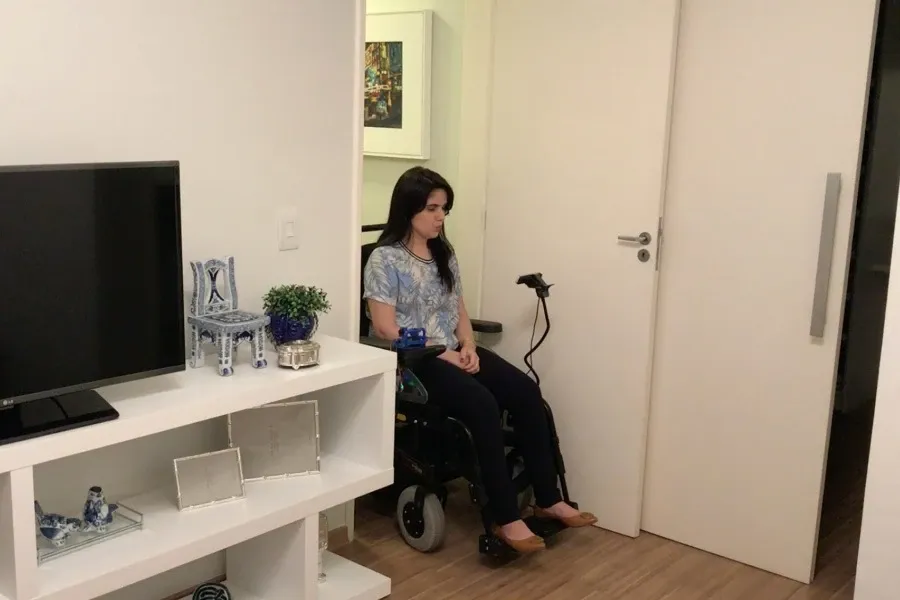NVIDIA Launches New Generation of Open Models for Agentic AI
NVIDIA announced Nemotron 3, a new generation of open models and data libraries designed for building agentic AI systems across industries.

With HOOBOX Robotics’ Wheelie 7 kit powered by Intel AI technologies, people can control their motorized wheelchairs with simple facial expressions. There are more than 60 people in the United States testing the Wheelie 7, most of whom are quadriplegics, people with amyotrophic lateral sclerosis or senior citizens.
Taking just seven minutes to install, the Wheelie 7 kit allows users to pick from 10 facial expressions to control their motorized wheelchair. Instead of invasive body sensors, the Wheelie 7 uses a 3D RealSense Depth Camera SR300 mounted on the wheelchair to stream data that AI algorithms process in real time to control the chair. Given the importance of immediate responsiveness, HOOBOX uses Core processors and the Intel Distribution of OpenVINO Toolkit to accelerate the inferencing of facial recognition software.
“The Wheelie 7 is the first product to use facial expressions to control a wheelchair. This requires incredible precision and accuracy, and it would not be possible without Intel technology,“ said Paulo Pinheiro, co-founder and CEO of HOOBOX Robotics. “We are helping people regain their autonomy.“
The National Spinal Cord Injury Statistical Center estimates there are approximately 288,000 people in the United States living with spinal cord injuries, and about 17,700 new cases every year. A 2018 study found that physical mobility has the largest impact on the quality of life for people with spinal cord injuries. Mobility is often enabled through caregivers or through a motorized wheelchair with complex sensors placed on the body that require special education to operate.